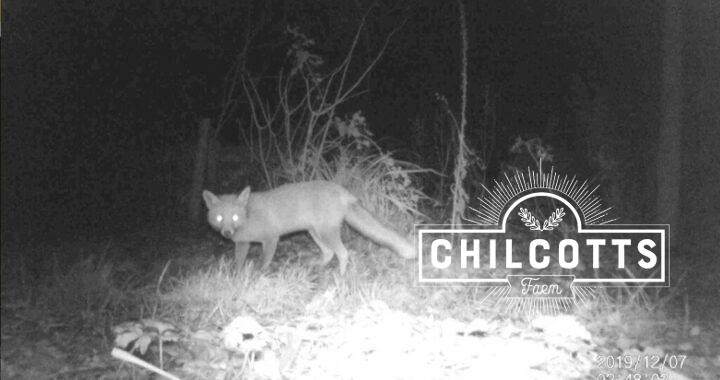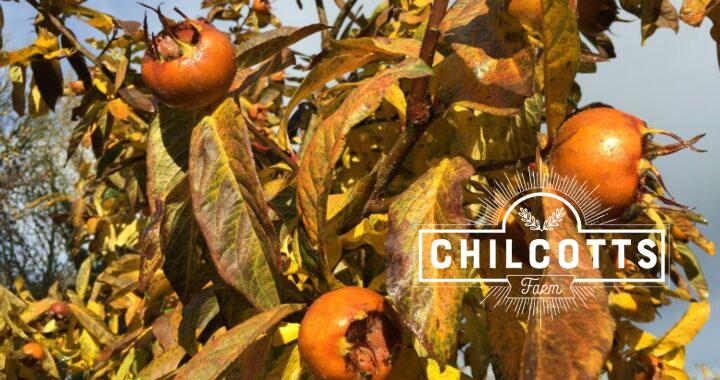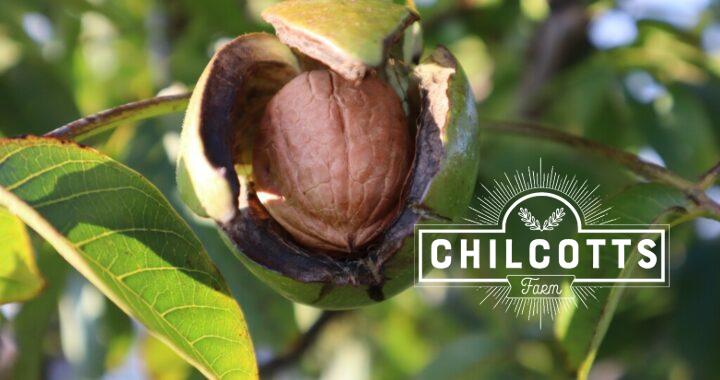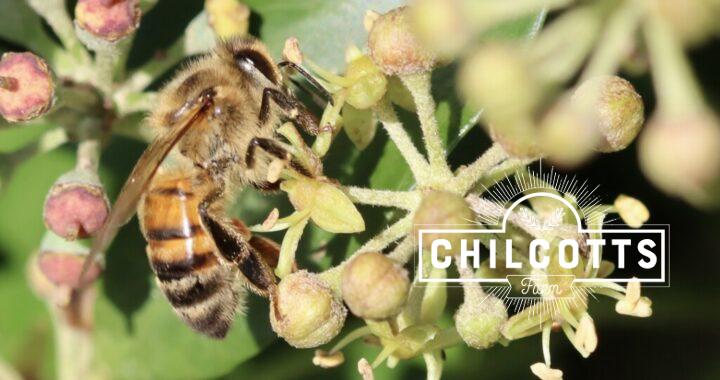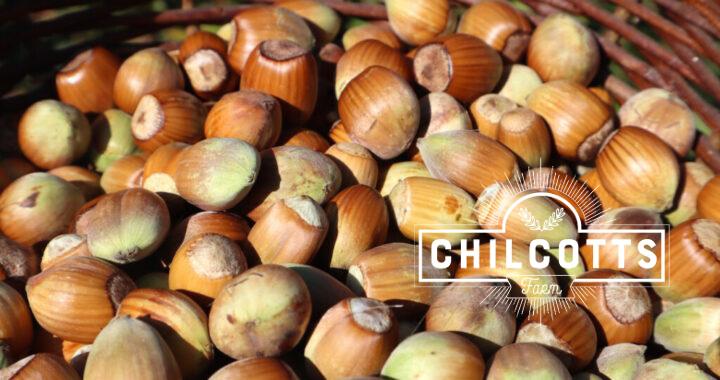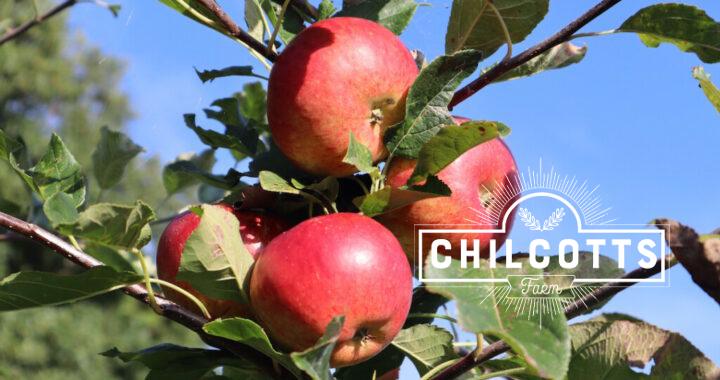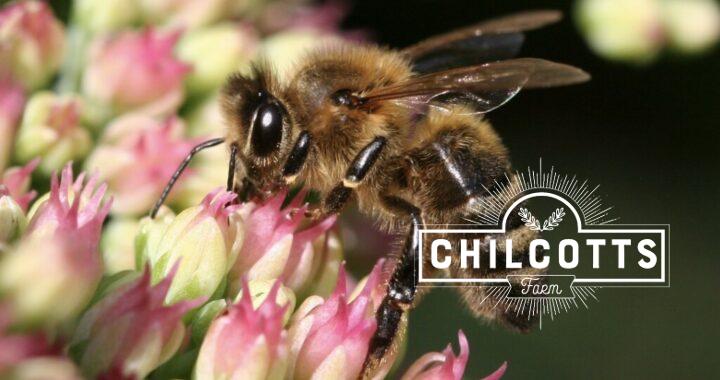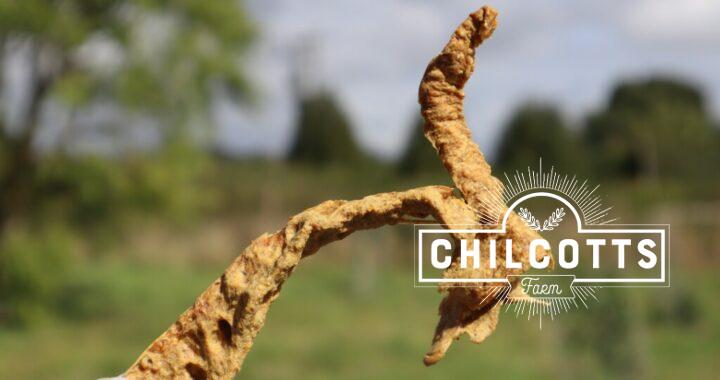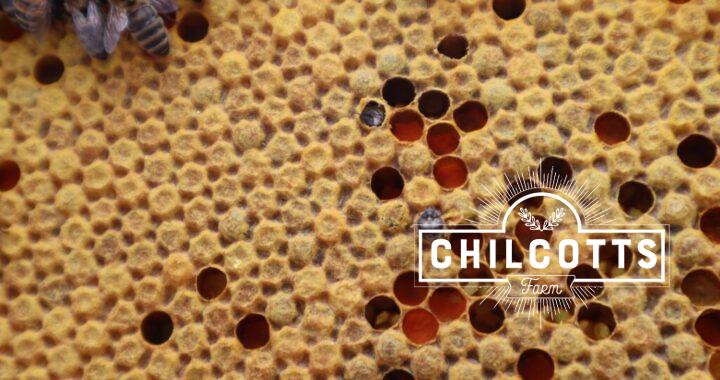We have unfortunately lost a duck and a chicken over the last couple of days. Taken by Mr Fox! We haven’t ever had any issues with Foxes, but this year we have lost 3 ducks, 2 chickens and a goose!
Autumn Fire!
Wow! The colours of the medlar in autumn is incredible!
I have never eaten the fruit. Each year I store it, ready to eat, and never get around to it.
I am not sure if it is the fact that you have to let it get to the point of rotting before you eat it that puts me off?
However, I wait until the spring and the big flowers probably make up for what I may have missed.
Walnuts are falling!
I checked the walnut trees a week ago to see if the nuts were ready.
The tree still showed the green fruit intact with no signs of releasing its nut from the fruit.
I checked again yesterday, and within just one week, the tree had started to drop its fruit. The green fruit had split open, and some of the nuts were lying on the ground. Others were just about to fall.
I quickly gathered and picked all the nuts before an opportunist squirrel or mouse had the opportunity.
They are now all drying in the warmth of the utility room, to be eventually stored in our outside store, ready for eating at Christmas!

Walnut fruit 
A walnut tree shedding its seed, the walnut 
This year’s harvest of walnuts
Ivy Flowers, good for the Bees
Even though October is drawing to a close, on warm days the bees are VERY busy.
If you look closely at the ivy, you can see it covered in insects busy at work on the ivy flowers. Not only honey bees, but wasps, flies and bumble bees. All going about their work gathering or consuming the produce of the ivy flower.
The Ivy flower is quite easily overlooked, but is a valuable source of nectar and pollen for the bees. Especially at this time of year when there is not much more forage around. This is one of the last chances for the bees to gather last minute stores.

North Devon Homegrown Hazel Nuts
Today has probably been the first chilly morning, the temperature is beginning to turn. However, it is dry and sunny, so a chance to gather in some of the nuts.
We have a small young nut orchard with cultivated varieties. Primarily, hazel nuts, but also walnuts and sweet chestnuts.
Before Mr & Mrs Squirrel take my hazel nuts, I thought I would get in there first and pick them.
The walnuts and chestnuts aren’t quite ready yet, so will leave them for another day.
Winter Harvest is Underway
This year I have had a varying crop of apples. The Cooking apples aren’t as abundant as normal, but I have some cracking eaters.
These Fiesta apples are really tasty and soooo juicy! A real prize apple!
Busy Bee
We are having some warm weather at the moment. The sunny warm days are great for the bees allowing them to get out and about to build up their winter stores. Caught this lady foraging on a flowering ‘Iceberg’ (Sedumspectabile ) plant.
Honey Bee On a Sunflower Covered in Pollen
This little lady was buy yesterday on a late sunflower. Even though it is mid September, some of the sunflowers are still in full bloom, and the bees are all over them. They must be a good source of pollen at this time of year!
Propolis or Bee Glue
This year, the bees seemed to have produced a large amounts of propolis, which has made working the hives quite difficult.
Bees use this to seal up small holes and gaps in the hive. Quite often the small gap between the frames are glued together making inspection a bit harder as the frames have to be unstuck and the propolis scrapped off.
Proplis is a product of bee saliva, wax and tree resins. It is meant to have anti-bacterial and fungal properties and can be found in the use of health and healing products.
This picture was taken on a warm day when the propolis was really sticky and flexible. When colder it can become quite brittle. The picture shows the propolis after I had scrapped it off the top of a frame. The frame was stuck to the crown board (a board that covers the top of the frames).
New Bees for the Winter
As we move toward the winter months, the hive is beginning to prepare for the colder weather. Having gathered their honey as winter food to keep them going until the first spring flowers, the winter bees are beginning to emerge.
If you look closely, you can see some bees just poking their heads out of their cell. They are removing the capping from the cell where the egg was laid and they have transformed into a bee. Once emerging they will join the rest of the colony.
These new bees are potentially the bees that will take the colony through the winter until early spring. Winter bees tend to live for 5 months, whereas the bees hatched out in spring and summer live for about 6 weeks!

